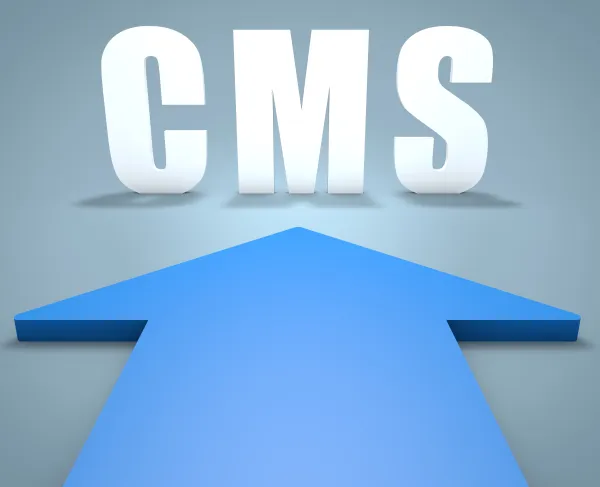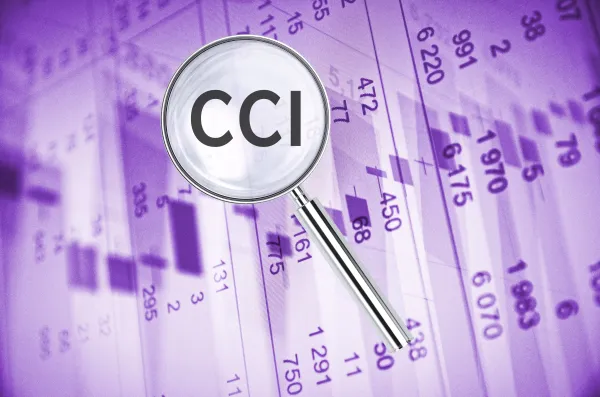CMS Pauses Plan to Blend E/M Payments

Medicare offers a new payment proposal for 2021. In the annual CMS Medicare Physician Fee Schedule (MPFS) Final Rule, proposals that Medicare will enact in the upcoming year are typically the headline-grabbers. There are plenty of noteworthy additions to the 2019 MPFS — a proposal that was rejected (or at least delayed) was one of the major highlights of the Final Rule this time. In short: CMS tabled some proposed rule changes that would have led to a leveling of payment for evaluation and management (E/M) office visit codes. Check out the details of the postponement, and experts’ reaction to the delay, the eventual rule change, and how it could affect your coding. CMS Postpones E/M ‘Blending’ In the MPFS proposal, CMS was pushing for a fixed rate for outpatient office visit codes 99202 (Office or other outpatient visit for the evaluation and management of a new patient, which requires these 3 key components: An expanded problem focused history; An expanded problem focused examination; Straightforward medical decision making …) through 99205 (… A comprehensive history; A comprehensive examination; Medical decision making of high complexity …); as well as 99212 (Office or other outpatient visit for the evaluation and management of an established patient, which requires at least 2 of these 3 key components: A problem focused history; A problem focused examination; Straightforward medical decision making …) through 99215 (… A comprehensive history; A comprehensive examination; Medical decision making of high complexity …). Outcome: The Final Rule postponed the E/M blending until 2021 at the soonest. For most coders, this will be welcome news. It gives practices more time to update templates and info for the potential changes, and also gives stakeholders another couple of years to have input on the final E/M policy changes regarding blended payments. “For 2019 and 2020, CMS will continue the current coding and payment structure for E/M visits and practitioners should continue to use either the 1995 or 1997 EM documentation guidelines,” confirms Mary Falbo, MBA, CPC, CEO of Millennium Healthcare Consulting, Inc. in Lansdale, Pennsylvania. “A two-year window for implementation of the proposal gives an AMA-convened work group of physicians and other health professionals time to make recommendations.” “This is great that they have scheduled this further out. It is also great that they have announced what will happen in 2021. This is a huge step forward in transparency on the part of CMS,” relays Suzan Hauptman, MPM, CPC, CEMC, CEDC, director of compliance audit at Cancer Treatment Centers of America. CMS Planning New E/M Pay Policy for 2021 According to a recent webinar from CMS on the 2019 MPFS Final Rule, Medicare will push for the following E/M office visit changes in 2021 — as opposed to the changes it proposed in 2019: Experts Unsure What 2021 Will Bring Just because the Final Rule overturned the proposed blended payment rates for 2019 doesn’t mean that experts are all smiles about what’s coming in 2021. Some are still unclear about just what the future holds in terms of E/M payments. The blending of payment for levels two through four “might come with a mixed bag of issues,” Hauptman opines. “On one hand, it is great that the physician do not need to focus their documentation on the specific items outline in the guidelines to reach the medically necessary high level of service. However, what will happen to their notes? Will we see a shift in missed information and limited notes? “We have to monitor this with eyes wide open to make certain the notes are appropriately reflecting the care being provided,” she continues. These rules “will need to be clarified before they go into effect,” says Cathy Satkus, CPC, coder at Harvard Family Physicians in Tulsa, Oklahoma. “I think this [2021 rule] is going to make it more difficult for the doctors and the coders. If it is a commercial payer chooses not to follow the rule, then nothing changes. I think the doctors will default to documenting based on time for all their visits.”




